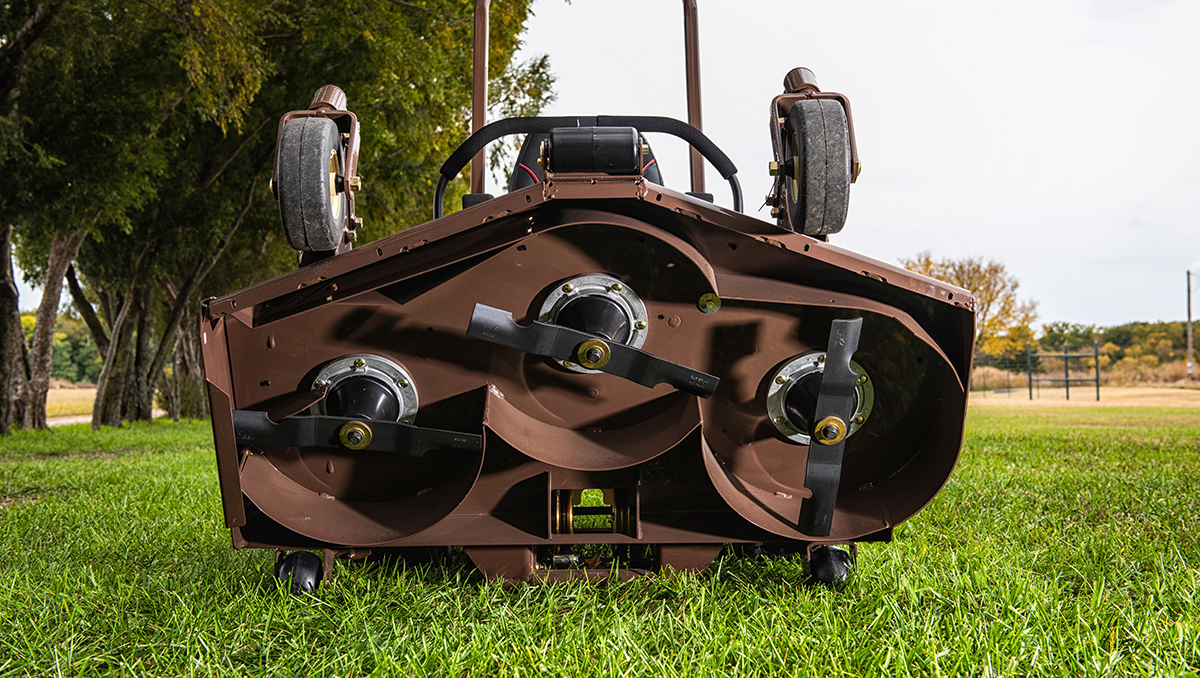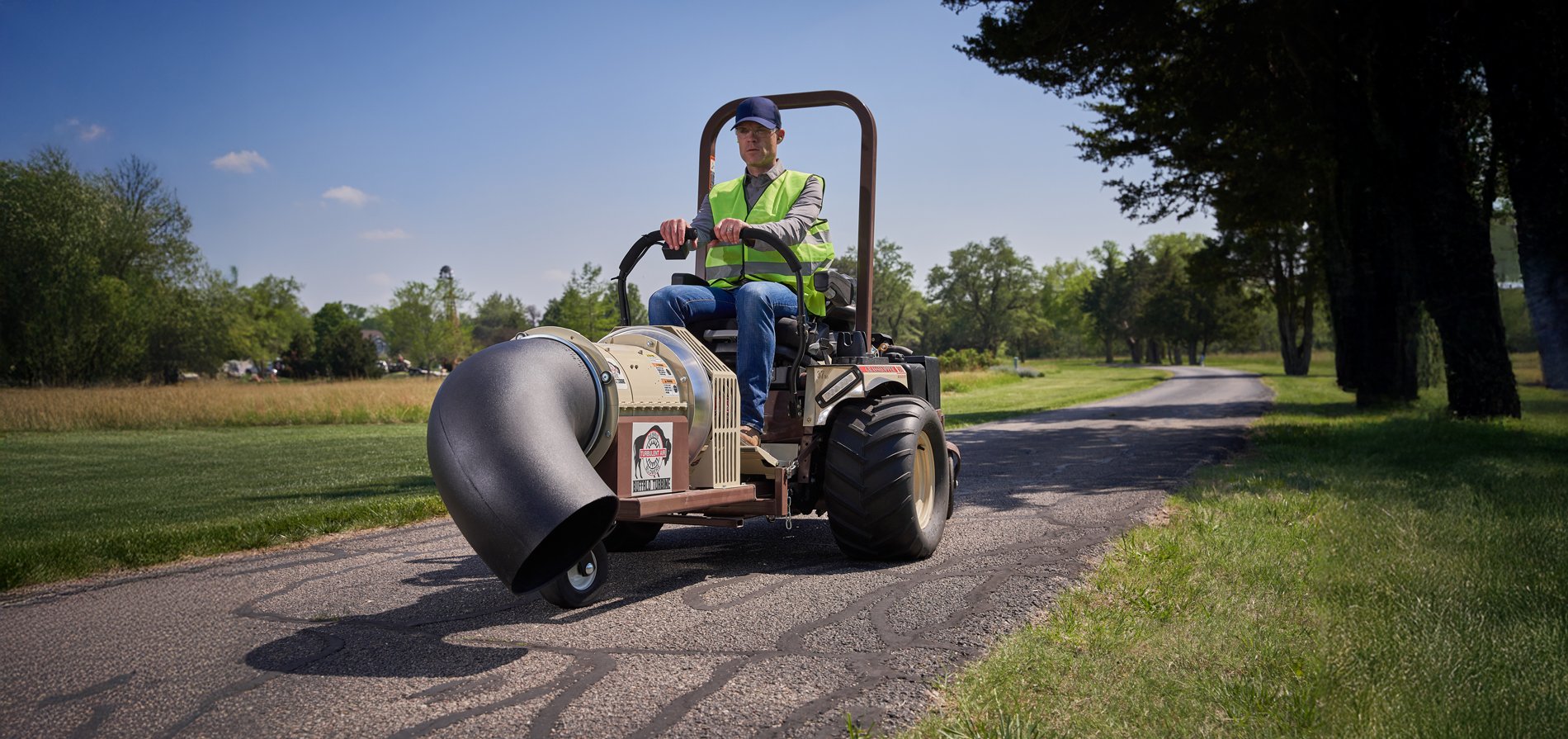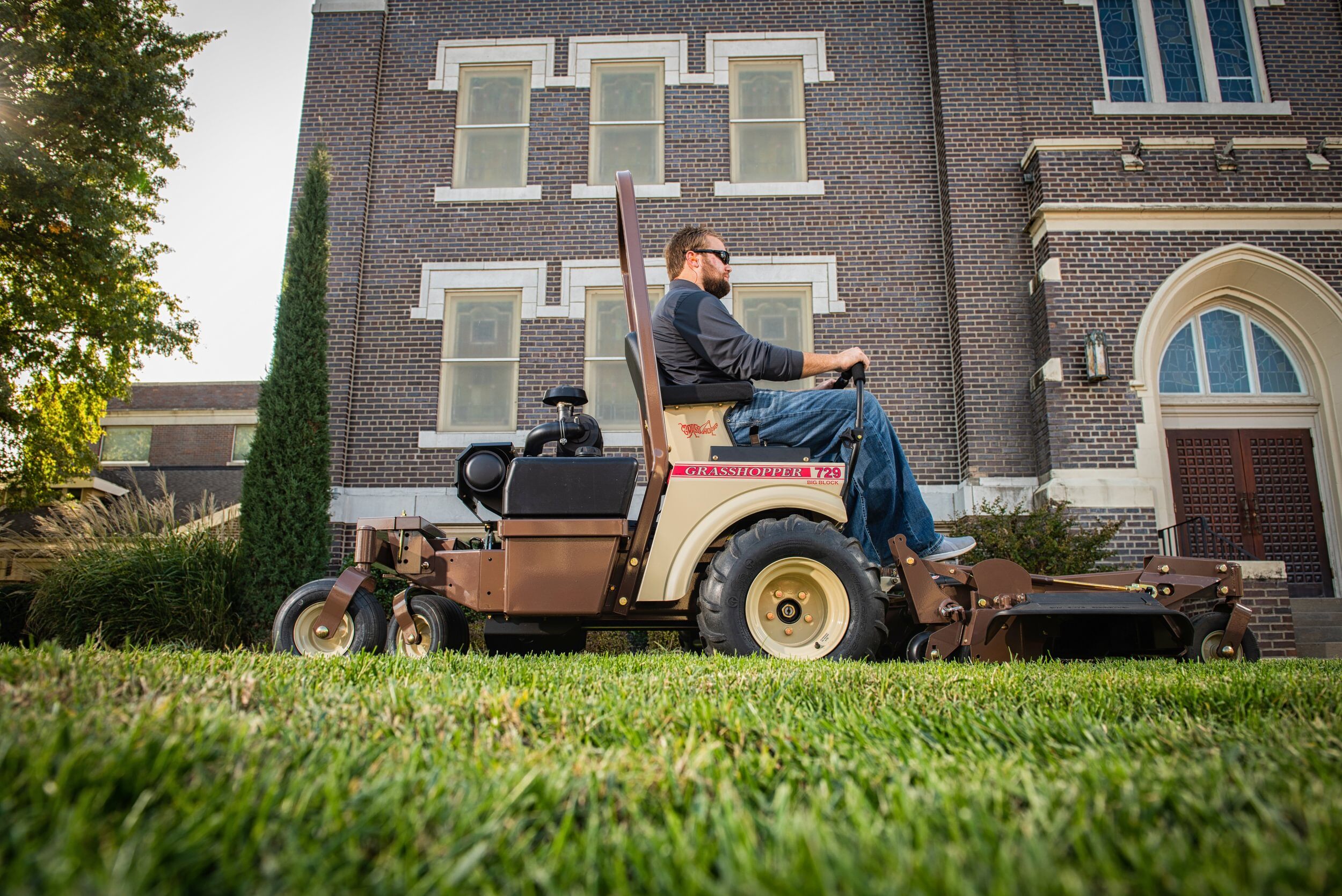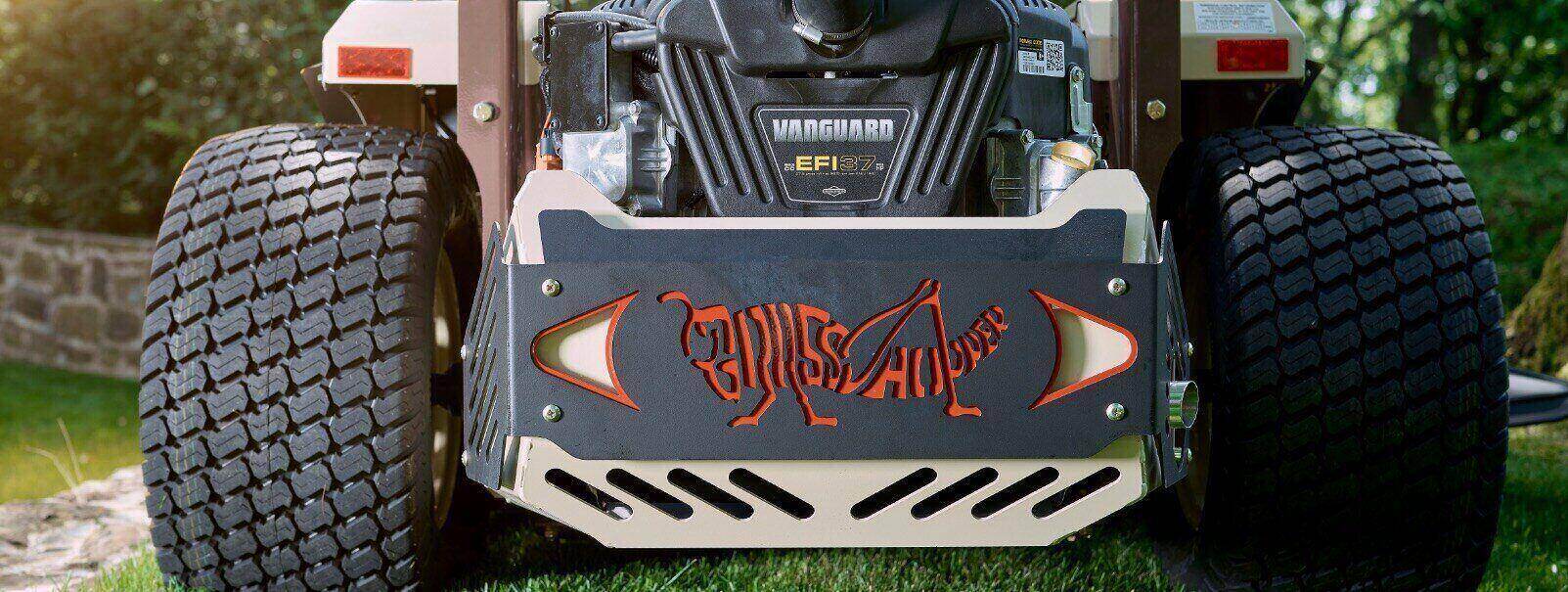The process of purchasing new mowers can be both exciting and daunting. On the one hand, you have the opportunity to add some of the latest and greatest equipment to your fleet. On the other hand, there are more than 40 zero-turn mower manufacturers to sift through. Finding the best mower for the best price can be a difficult and time-consuming process.
When bidding new mowers, there are several questions a government purchasing agent should ask that will help ensure they receive the most value for their investment.
How large of a mower do we need?
Determining how much mowing needs to be done each day will help narrow the search to the right size mower. It’s important to match the necessary horsepower and cutting width to the volume of mowing that will need to get done. An undersized mower might help you save a few bucks upfront. But it will also lead to unproductive mowing, which often results in increased labor costs and reduced machine life.
Is the mower actually suitable for commercial use?
There are many brands of “commercial-grade” mowers out there. There are even more that claim to be. Take a close look at the warranty. A 90-day commercial warranty isn’t going to cut it if you plan on keeping that mower in operation for several years. A two- or three-year commercial warranty is a standard feature to look for.
How do we want to handle the grass clippings?
There are pros and cons to bagging, mulching, side discharging and rear discharging. With each of those methods, the pros outweigh the cons in certain applications. Properly matching the right type of cutting deck to a specific application could help you reduce the total lifecycle cost of that mower.
Rear discharging is ideal when mowing thick, wet grass. Grasshopper rear-discharge decks are engineered with a four-blade system to help spread the clippings load and eliminate windrowing. Rear-discharge mowers also get better fuel economy because they don’t have to work as hard to cut the grass. Also, rear discharging is ideal when the mower operator wants to avoid getting clippings on roadways, sidewalks and other sensitive areas.
Are we better off with a mid-mount, stand-on or front-mount deck?
Grasshopper offers both MidMount™, FrontMount™ and Stand-On™ mowers, each of which offers certain advantages.
MidMount mowers are more compact and a bit more maneuverable in tighter spaces. FrontMount mowers are also highly maneuverable, though, and hold the terrain better, enhance operator visibility, and reduce the need for string trimming. Additionally, FrontMounts can utilize a wider range of attachments for all-season versatility.
Grasshopper FrontMount mowers with PowerFold® technology also simplify maintenance. PowerFold cutting decks can be electrically raised and lowered, making it much easier to access the underside of the deck and blades.
Should we go with a gas or diesel engine?
Diesel engines are more durably constructed and can last four to six times longer than a gasoline engine. So if you’re looking to keep a mower in operation for many years, a diesel engine is worth considering.
Diesel engines are also more fuel-efficient. For example, a 25-hp diesel engine under load might burn 0.8 gallons of fuel per hour, whereas a 25-hp gas engine might burn closer to 1.5 or 2, if not more. So even though a diesel engine might add upward of $2,000 to the price of a mower, that price premium will likely be recovered in less than two years based on the fuel savings.
Given those benefits of a diesel-powered mower, if a fleet is already running diesel-powered trucks and/or equipment, it might make a lot of sense to also operate diesel-powered mowers.
Gas engines, while not as fuel efficient as diesel, tend to simplify overall maintenance for some fleet operations and also have a lower cost of entry. The gas-or-diesel decision ultimately comes down to engine life expectancy and fuel savings over thousands of hours of mowing with a diesel-powered engine.
How much maintenance will be required?
All mowers require preventive maintenance—from changing oil and filters, to sharpening blades and lubricating grease points. That said, some mowers are easier to maintain than others.
Grasshopper mowers, for instance, have just five grease points. The hydraulic oil service intervals are less than many other mower brands. As a matter of fact, some government fleets have presented data suggesting that a Grasshopper mower could cost four times less to maintain over the course of its life, as compared to a comparably sized and similarly utilized mower from another popular brand.
A vendor’s willingness to help a government fleet put a good preventive maintenance plan in place also has value. That’s why Grasshopper offers classes on preventive maintenance to help customers learn how to take good care of their mowers.
Are flat-free tires worth the added cost?
One of the simplest, yet most appreciated innovations of the last 10 years is the airless tire. It’s kind of like the rubber track on an excavator. While airless tires may add a little to the purchase price of a new mower, they are often a good investment. Crews won’t have to worry about flat tires, which lead to poor cut quality and downtime. Plus, equipment managers won’t have to worry about the high cost of tire repairs and replacements.






